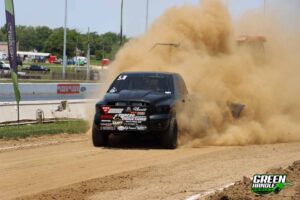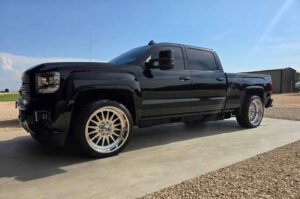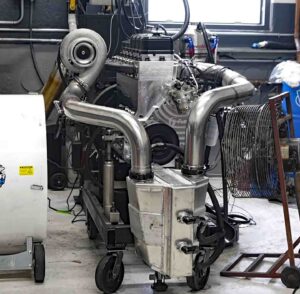HEADLINES: Paul Vasko’s Duramax-Powered Dragster Is Reborn—Hard!
A Duramax rail, a Duramax Camaro, Power Stroke carnage, and a lesson in running the correct engine oil…
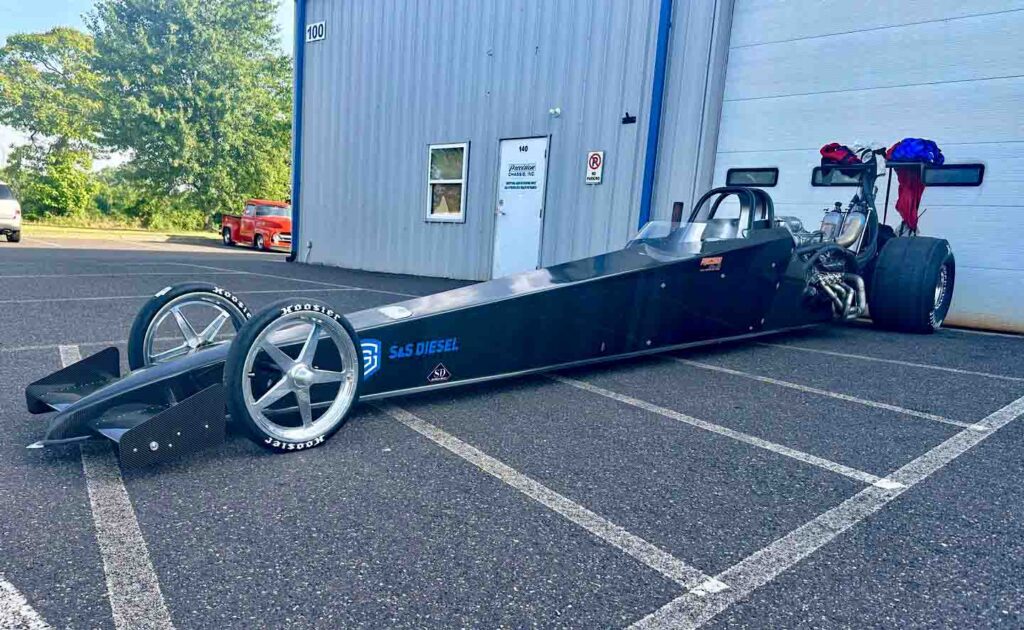
Watch out Top Dragster, Paul Vasko is coming in hot! His rail is fresh out of Precision Chassis, Inc., where it was just treated to a host of updates. The biggest change? A billet-aluminum block and head Duramax from Wagler Competition Products. A fresh air-to-water intercooler, carbon fiber wing, and several other go-fast parts were also added to the mix and, by the time you read this, the rings should be seated and the spool tests fulfilled. Next stop, test hits! All indications are that Paul plans to mix it up in the NHRA Top Dragster class—a diverse, 32-car field where everything from supercharged big blocks to naturally aspirated four cylinders compete, and where bottom 6-second quarter-miles need to be repeatable.
Drag Racing
The Best Kind Of Foreign Visitors…
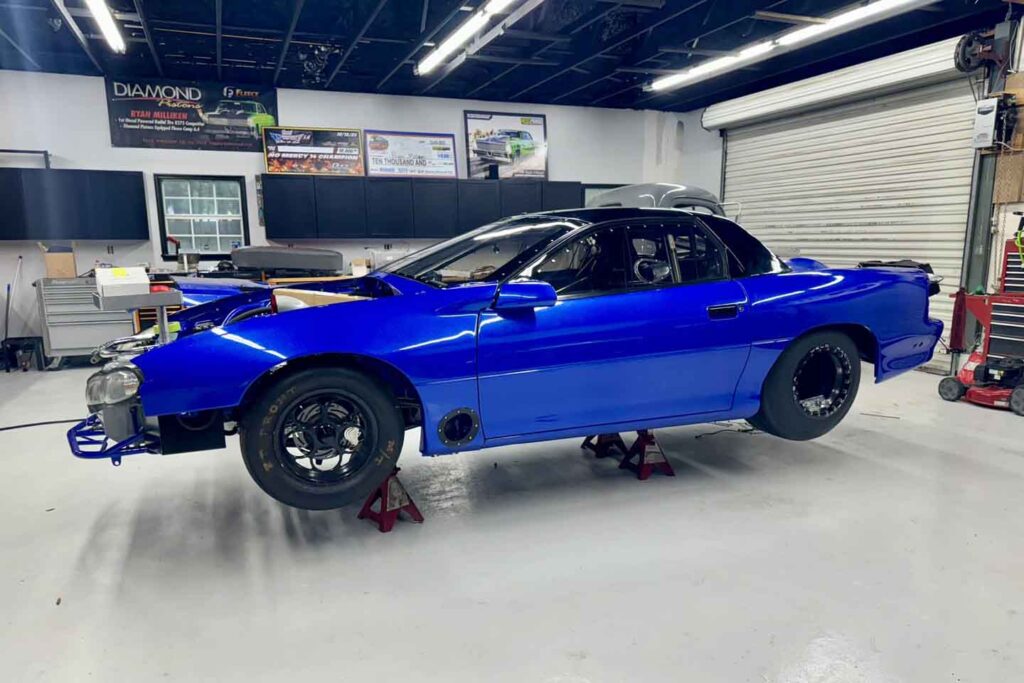
Are drag racers. Ned Amey’s Austrailia-based F body Camaro is stateside for the time being, recently graced with a Wagler-built Duramax (complete with the company’s new billet, drop-in block) and now enjoying a stay in the Hardway Performance stable. In the land Down Under, the car competes in a radial tire class coined OG315, similar to the U.S.’s Limited Drag Radial category—but now it just might find itself wearing 275’s and terrorizing the N/T class. One thing’s for sure: everyone who is anyone on the diesel drag racing scene is champing at the bit to see this wild, Aussie-based creation go down the track.
Dyno
Things Are Getting Serious At Jelibuilt
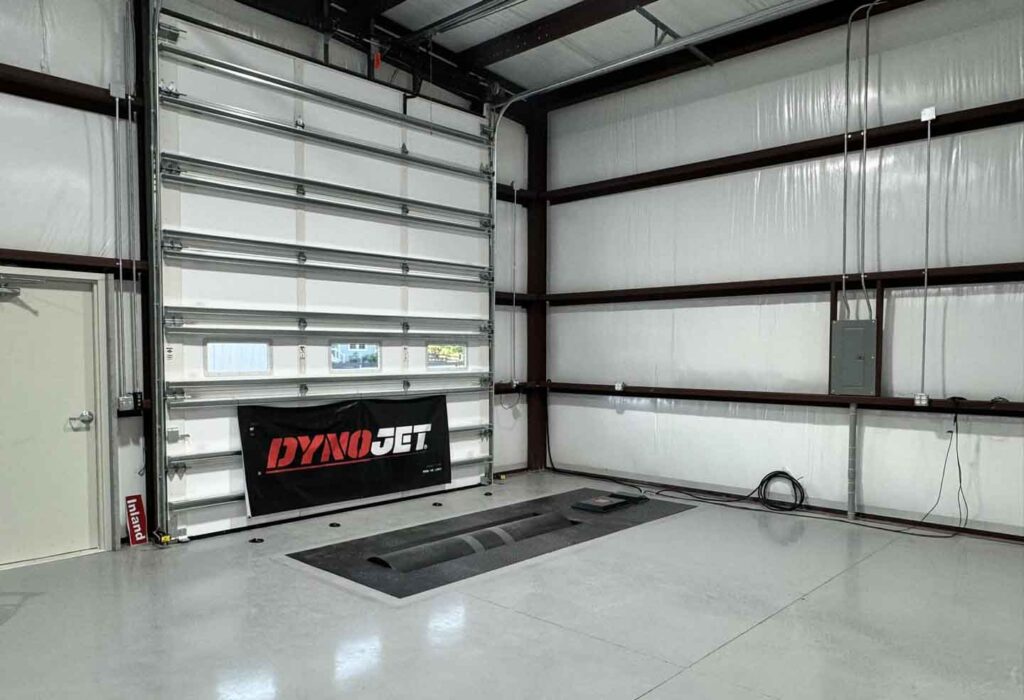
For dialing in everything from mild street setups to wild, competition-only applications, nothing beats a good chassis dyno. Jelibuilt Performance recently planted this Dynojet 224XLC in the ground at its North Carolina headquarters. The load-cell unit will no doubt serve to improve the quality of the company’s tuning, as well as allow every ounce of horsepower to be squeezed out of a given customer’s parts combination. If any of you recall, Jelibuilt owner, Brian Jelich, made a name for himself on the dyno years ago, even breaking the 1,000-rwhp barrier with his 7.3L-powered F-350 on David Dunbar’s inertia-based, Dynojet 248C.
Power Stroke Public Service Announcement
Run The Correct Viscosity Oil In Your 6.7L
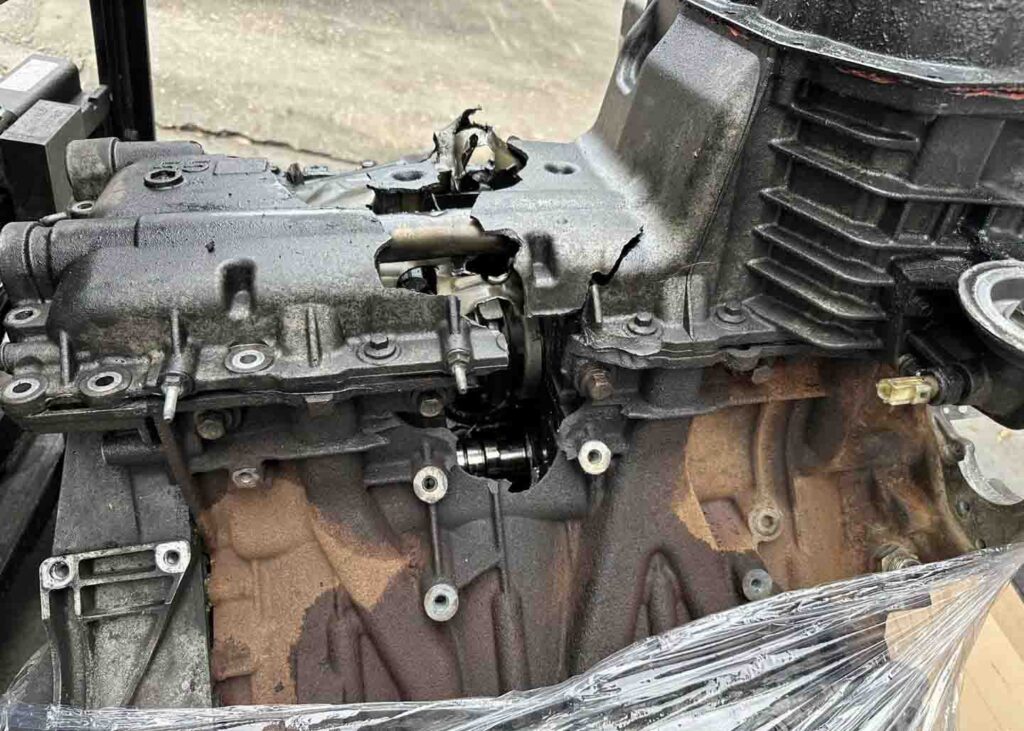
Engine oil isn’t always everything in the aftermath of an engine failure—but it certainly doesn’t help when you’ve been running the wrong viscosity. Like countless other failed 6.7L Power Stroke’s the folks at Dale County Diesel take in, this one was living life with 15W-40 coursing through its veins. In a PSA last week, the Daleville, Alabama shop reminded late-model Ford owners to follow the oil cap on the engine: i.e. run 10W-30 or 5W-40 for severe use conditions. It goes without saying that the manner in which most 6.7L Power Strokes are operated falls into the severe duty category, so don’t skimp on engine oil.
Beware The Corroded Core
Rusted Cylinder Heads
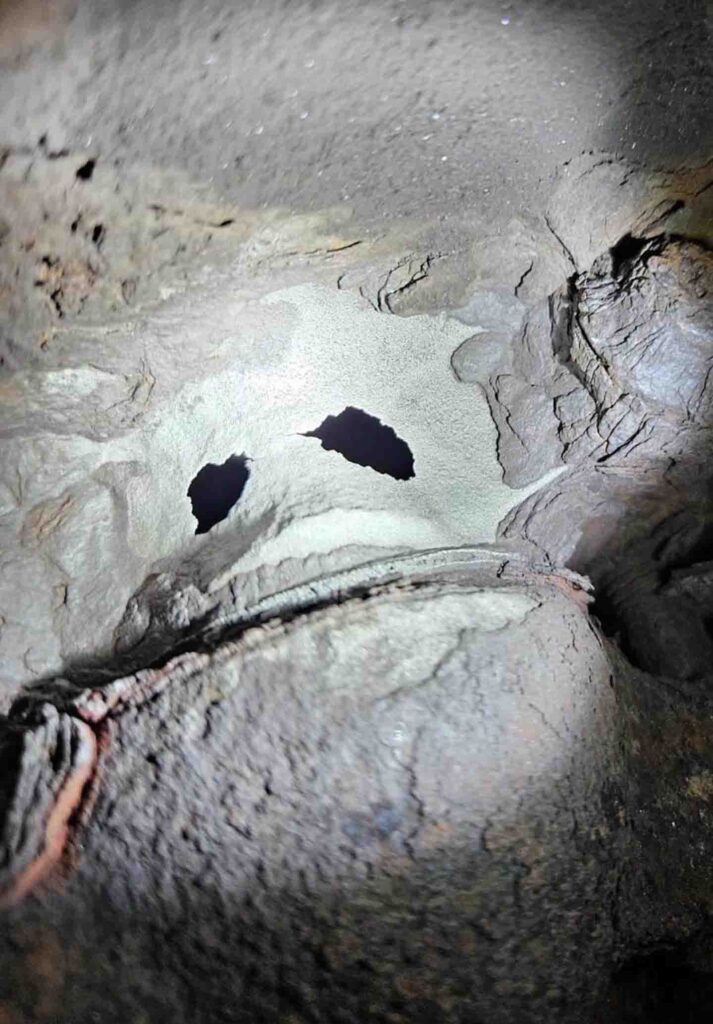
Yes, the 7.3L Power Stroke is old. It’s 22 years removed from OEM production and many of the core engines scattered across America have seen better days. This is especially true for engines dwelling in the rust belt that is the Midwest and northeast. In some cases, they’re dilapidated beyond repair. Take this recent find from the 7.3 Powerstroke Technical Page on Facebook for example: a cylinder head with a hole in it… While rare, who’s to say corrosion like this won’t become more and more common as time wears on. Beware of any core engine and engine components, especially those being purchased sight unseen.
Written by Mike McGlothlin

